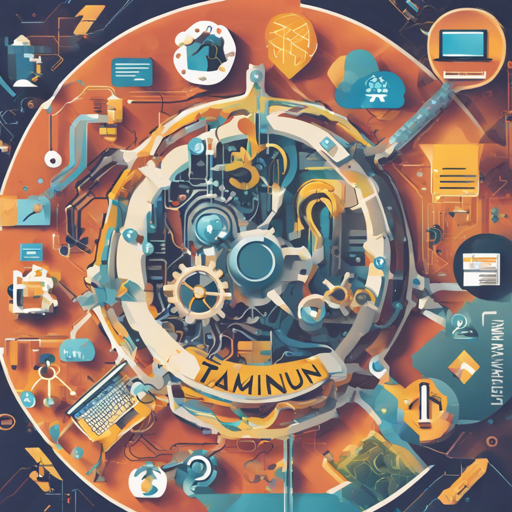Have you ever wanted to dive into the world of Machine Learning and Deep Learning, particularly in Natural Language Processing? Look no further than Tamnun ML, an easy-to-use framework that simplifies the creation of powerful models using the latest state-of-the-art (SOTA) methods. This blog will guide you through the installation process and usage of Tamnun ML.
Why Choose Tamnun ML?
Tamnun is designed to provide a user-friendly interface, making it accessible for both beginners and seasoned developers. By leveraging the power of popular frameworks like PyTorch and Keras, it allows you to build and fine-tune sophisticated models without diving deep into the complexities of the underlying algorithms.
Getting Started
To begin your journey with Tamnun, you need to install the framework along with its dependencies. Here’s how you can do it:
- Clone the repository from GitHub:
$ git clone https://github.com/hiredscorelabs/tamnun-ml$ cd tamnun-ml$ python setup.py installpip install tamnunOnce installed, you can jump in and try out examples included in the framework:
$ cd examples$ python finetune_bert.pyYou can also explore the Jupyter notebooks here.
The Power of BERT
At the heart of many NLP tasks is BERT, which stands for Bidirectional Encoder Representations from Transformers. Imagine BERT as a sophisticated librarian who can understand context better than anyone else, making it exceptionally skilled at interpreting human language.
With Tamnun, fine-tuning BERT on a specific task is as simple as writing a few lines of code:
from tamnun.bert import BertClassifier, BertVectorizer
from sklearn.pipeline import make_pipeline
clf = make_pipeline(BertVectorizer(), BertClassifier(num_of_classes=2)).fit(train_X, train_y)
predicted = clf.predict(test_X)
This code snippet sets up a BERT classifier and fits it to your training data. Think of it as preparing that librarian to answer specific questions based on the books you’ve provided.
Fitting Any PyTorch Module with One Line
Tamnun also features the TorchEstimator object, which allows you to fit any PyTorch module with a single line of code:
from torch import nn
from tamnun.core import TorchEstimator
module = nn.Linear(128, 2)
clf = TorchEstimator(module, task_type='classification').fit(train_X, train_y)
Just like a chef can whip up a dish with just one good ingredient, you can create powerful machine learning models quickly and efficiently!
Understanding Distiller Transfer Learning
The Distiller module is another fascinating feature that allows you to compress a complex model (like BERT) into a smaller, more efficient version. It’s like teaching a student who uses 500 pages of a textbook to answer questions to instead use a concise, summarized version of that textbook.
from tamnun.bert import BertClassifier, BertVectorizer
from tamnun.transfer import Distiller
bert_clf = make_pipeline(BertVectorizer(do_truncate=True, max_len=3), BertClassifier(num_of_classes=2))
distilled_clf = make_pipeline(CountVectorizer(ngram_range=(1,3)), LinearRegression())
distiller = Distiller(teacher_model=bert_clf, teacher_predict_func=bert_clf.decision_function, student_model=distilled_clf).fit(train_texts, train_y, unlabeled_X=unlabeled_texts)
predicted_logits = distiller.transform(test_texts)
This process involves teaching a “student” model based on the “teacher” model’s knowledge, resulting in a more lightweight and efficient solution.
Troubleshooting
If you encounter issues, here are some troubleshooting tips:
- Ensure you are using the compatible version of Python—either 3.6 or 3.7 is recommended.
- Verify that all dependencies are correctly installed, especially PyTorch and Keras.
- If you face problems running the examples, check the installation paths and re-clone the repository to ensure all files are in order.
- If all else fails, feel free to ask questions and join discussions via Github Issues.
- For more insights, updates, or to collaborate on AI development projects, stay connected with fxis.ai.
Conclusion
At fxis.ai, we believe that such advancements are crucial for the future of AI, as they enable more comprehensive and effective solutions. Our team is continually exploring new methodologies to push the envelope in artificial intelligence, ensuring that our clients benefit from the latest technological innovations.
With Tamnun ML at your fingertips, you can explore the exciting realm of Machine Learning and unleash the power of artificial intelligence!

